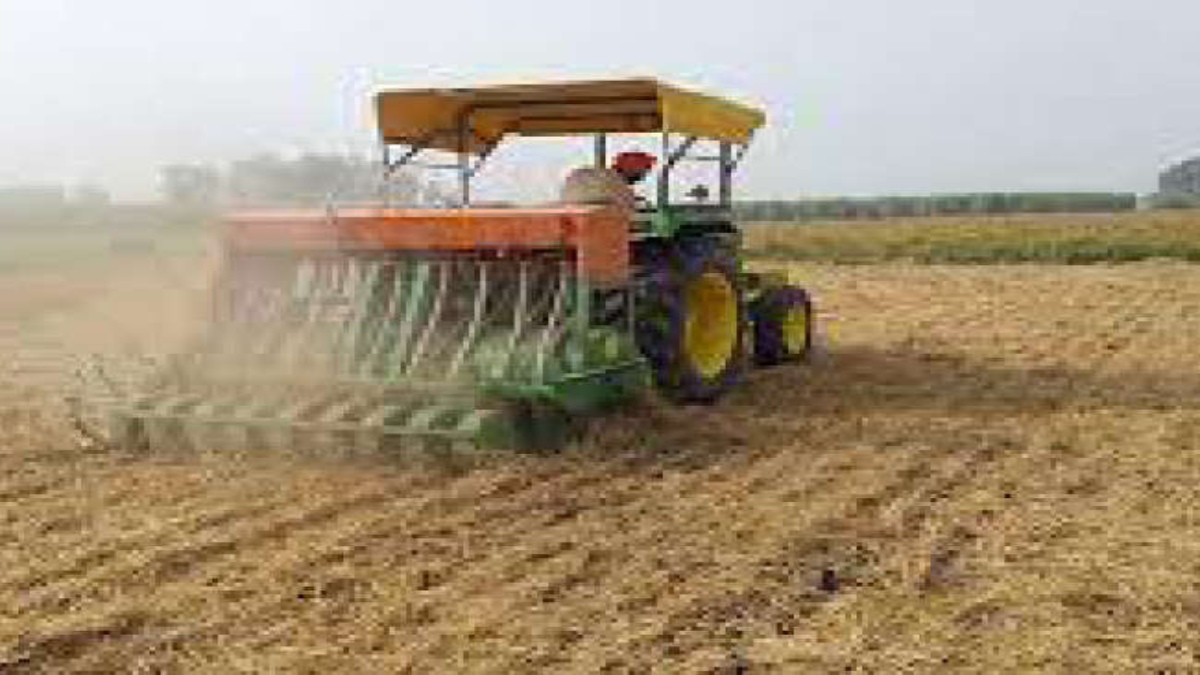Chandigarh: Emissions from agricultural activities continue to adversely affect the air quality, leading to a string of diseases, revealed a study conducted by the Post Graduate Institute of Medical Education Research (PGIMER) in collaboration with Panjab University, Chandigarh, and IITM, Pune.
The study indicates that in the build-up of air pollution during the post-monsoon period, the role of meteorology cannot be ignored as 70-86 percent of air masses originate within the 500 km where agricultural activities take place. The data of crop residue indicated that there were around 35,000 active fires during harvesting.
The government should focus on reducing agricultural emissions rather than only focusing on residue crop burning, which is undoubtedly a prominent reason behind poor air quality.
The study was conducted in Punjab’s Fatehgarh Sahib district, known for using advanced-agro technology and equipment. The study looked at the influence of agriculture activities.
As for the methodology, real-time sampling was done in the Khera village of Fatehgarh Sahib in three phases—Harvesting Burning (HB), Burning Tillage Sowing (BTS) and Pesticide Fertilizer Spray (PFS) periods from 25 October 2019 to 23 December 2019. As many as 15 air pollutants were monitored during research work.
Following the findings, it comes to surface that maximum particulate matter (PM) was reported during the harvesting burning period, followed by pesticide fertiliser spray and burning tillage sowing period. Contrary to this, particulate matter (PM2 and PM10) was found at large scale during the fertiliser spray period, which clearly reveals that the concentration of the finer particles gets increased with a decline in the temperature.
It is pertinent to mention that the study, “Influence of agricultural activities on atmospheric pollution during post-monsoon harvesting seasons at a rural location of Indo-Gangetic plain”, was conducted by Dr Ravindra Khaiwal (PGIMER), Dr Suman Mor (PU) and Tanbir Singh and Gufran Beig (both from IITM, Pune).






















